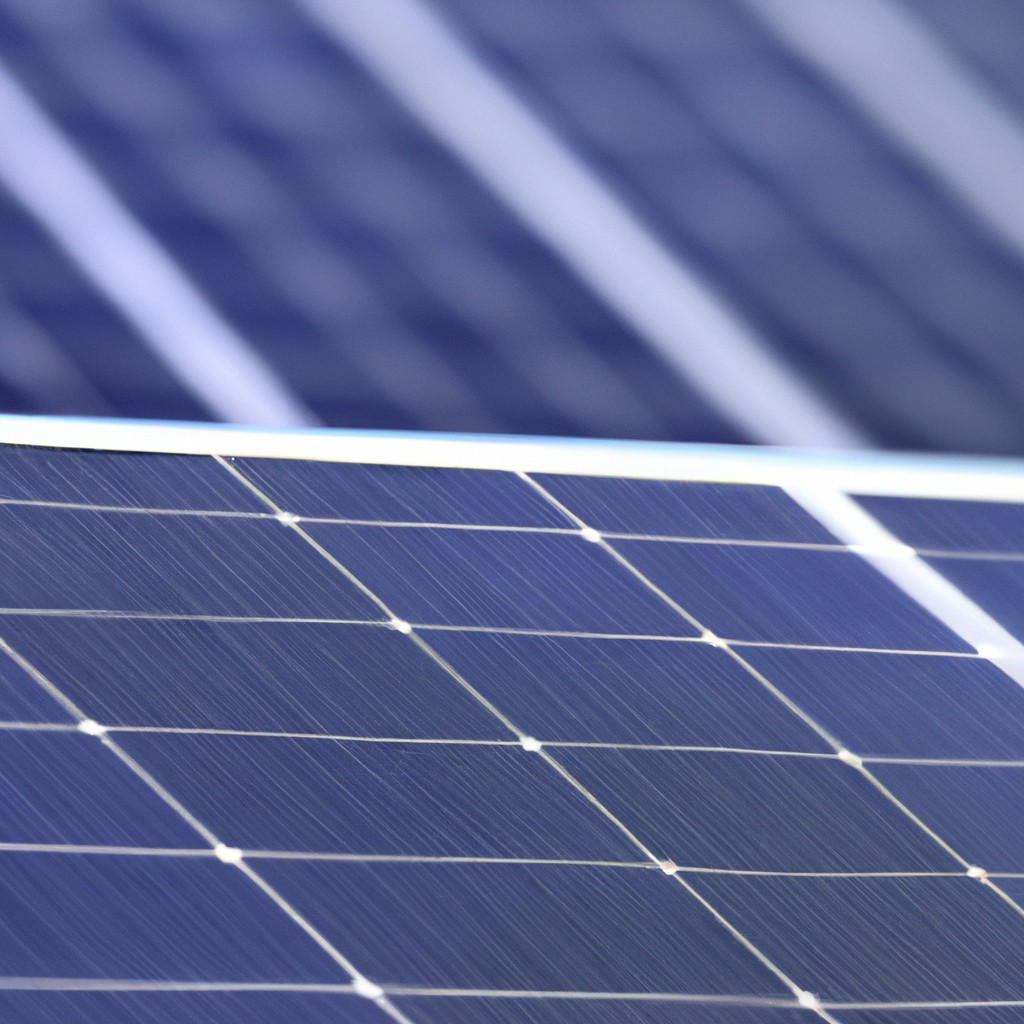Understanding the average solar panel output per day is essential for homeowners and businesses considering a transition to solar energy; this article provides a clear analysis of daily solar energy production.
Key takeaways:
- Residential solar panels have a capacity of 250-400 watts each.
- Actual output depends on sunlight availability, location, season, and weather.
- Solar panel output is influenced by factors like solar irradiance, panel efficiency, tilt and orientation, temperature, shading, and system size.
- To calculate daily output, multiply panel wattage by peak sunlight hours and adjust for efficiency rate.
- Solar panels reduce electricity bills, offer potential savings, and increase property value.
Average Solar Panel Production

On average, residential solar panels have a capacity of between 250 and 400 watts each. In optimal conditions, a single panel may produce around 1 to 1.5 kWh of electricity per day. However, the actual output significantly depends on sunlight availability which varies by location, season, and weather.
Daily solar energy generation is measured in kilowatt-hours (kWh). To estimate a panel’s daily output, one multiplies the peak sun hours of the location by the panel’s wattage. Sunlight hours indicate the duration in a day during which the solar radiation intensity is at its peak – typically around 4 to 5 hours in most parts of the United States.
Solar panels generally operate at their maximum efficiency when placed at an angle equal to the area’s latitude and facing south. Shade, angle misalignment, and dirt accumulation can all affect a panel’s efficiency.
To provide a more comprehensive snapshot, solar energy systems are often rated by their potential annual output, accommodating daily and seasonal fluctuations. This overall performance measurement helps estimate the average daily output more reliably across the year.
Factors Influencing Solar Panel Output
Solar panel output can be affected by several key factors:
- Solar Irradiance: The amount of sunlight striking the Earth’s surface can significantly impact energy production. This varies with geographic location and the time of year.
- Panel Efficiency: More efficient panels convert a higher percentage of solar radiation into electricity. Efficiency usually ranges between 15-22% for most commercial panels.
- Tilt and Orientation: Optimal angling towards the sun can maximize a panel’s solar capture. A south-facing orientation (in the Northern Hemisphere) is typically preferred.
- Temperature: Contrary to expectation, solar panels operate less efficiently in very hot conditions. Panels perform best in cooler, sunny climates.
- Shading: Shade from trees, buildings or other obstructions can reduce output dramatically, as solar panels rely on direct sunlight.
- System Size: The capacity, or the number of panels installed, directly affects total energy production.
Understanding these factors is crucial for predicting solar panel output and optimizing system performance.
Calculating Solar Panel Output
To calculate the daily output of a solar panel, follow these steps:
- Find the panel’s wattage rating, which indicates the power it can produce under ideal conditions.
- Consider the average peak sunlight hours for your location, as panels only generate their maximum rated power with sufficient sunlight.
- Multiply the panel’s wattage by the number of peak sunlight hours to get the theoretical maximum daily output in watt-hours (Wh).
- Adjust for real-world conditions by factoring in a system efficiency rate (typically around 75% to 85%) to account for energy losses in inverters, cables, and due to temperature and shading.
Example: A 300-watt panel in an area with an average of 5 peak sunlight hours would have a theoretical output of 1,500 Wh per day. After adjusting for an 80% system efficiency, the practical daily output would be 1,200 Wh or 1.2 kilowatt-hours (kWh). Keep these calculations in mind when estimating the potential production and sizing your solar installation.
Cost Vs. Benefit Analysis of Solar Panels
When assessing the viability of investing in solar panels, the cost versus the benefits should be carefully weighed. Initially, the upfront costs include the purchase price of the panels, inverter, and installation. Over the lifespan of solar panels, decreasing utility bills and potential government incentives mitigate these costs.
The break-even point, where savings have balanced out initial expenses, typically occurs several years after installation. Additionally, solar panels can increase property value and reduce carbon footprints, contributing to environmental sustainability. It’s crucial to consider local electricity rates, sunlight exposure, and financial incentives in the cost-benefit analysis to accurately determine the financial return on a solar investment.
Potential Savings With Solar Panels
Harnessing solar energy reduces dependence on the grid, leading to a significant decrease in electricity bills. The exact amount saved varies based on local energy rates, solar panel output, and individual consumption patterns.
Taking advantage of financial incentives like federal tax credits and utility rebates can also reduce the upfront cost of solar panel systems, enhancing overall savings. Moreover, the increase in property value is an often underappreciated benefit, as homes with solar installations can attract a premium in the real estate market.
Investing in solar power is not just cost-effective; it’s a step towards energy independence and a sustainable future.




